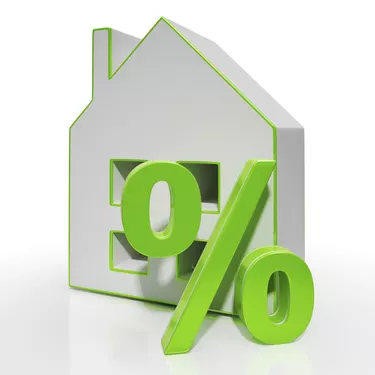
Investors use capitalization rates to compare likely returns on investment properties. A simple formula calculates the rate of return a property can achieve by dividing the net rent amount expected by the property's value. Investors typically compare capitalization or "cap" rates when deciding between investment properties for purchase. As an example, an investor may deem a property with a cap rate of 12 percent more profitable, at least in the short-term, than a property with a 9-percent cap rate.
Step 1
Calculate the property's annual gross income. For most investment properties, the gross income is the rent, however, some properties generate cash from other sources, such as coin operated washing machines. For example, an apartment rents at $1,200 per month, therefore, the expected gross income is $14,400 per year.
Video of the Day
Step 2
Add up the projected annual expenses associated with the property. All rental units come with operating costs. These include property taxes, hazard insurance, maintenance bills and property management fees. For example, suppose you pay $850 in maintenance, $750 in taxes and $800 in insurance per year for a rental unit. The total annual expenses are $2,400.
Step 3
Subtract the annual expenses from the gross annual income. This gives you the property's net income. For example, with an annual income of $14,400 and expenses of $2,400, a rental unit has net income of $12,000.
Step 4
Divide the net income by the property's original purchase price. Suppose you bought the apartment for $150,000. Dividing the net income of $12,000 by a $150,000 purchase price yields .06.
Step 5
Convert the decimal figure that results from dividing net income by purchase price to a percentage. In this example the cap rate of .06 is equivalent to a cap rate of 6 percent.
Tip
Investors also use cap rates to track the return their investment properties give over time. For example, if the value of an investment property goes up but the rent stays the same, the cap rate will go down. At that point, the investor can decide whether to stick with the investment to sell the property and invest the proceeds elsewhere.
Warning
The cap rate represents the estimated return an investor might make on an all-cash purchase. It does not account for the business expenses associated with property investment, such as the costs of financing and real estate agent commissions. Since these variables affect actual returns, investors consider additional calculations when making real estate investment decisions.
Video of the Day